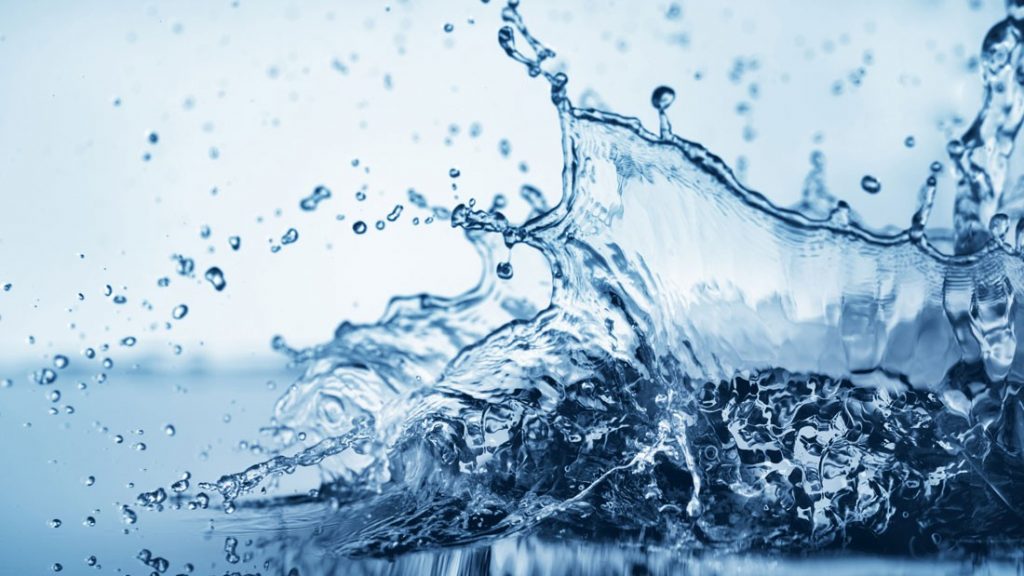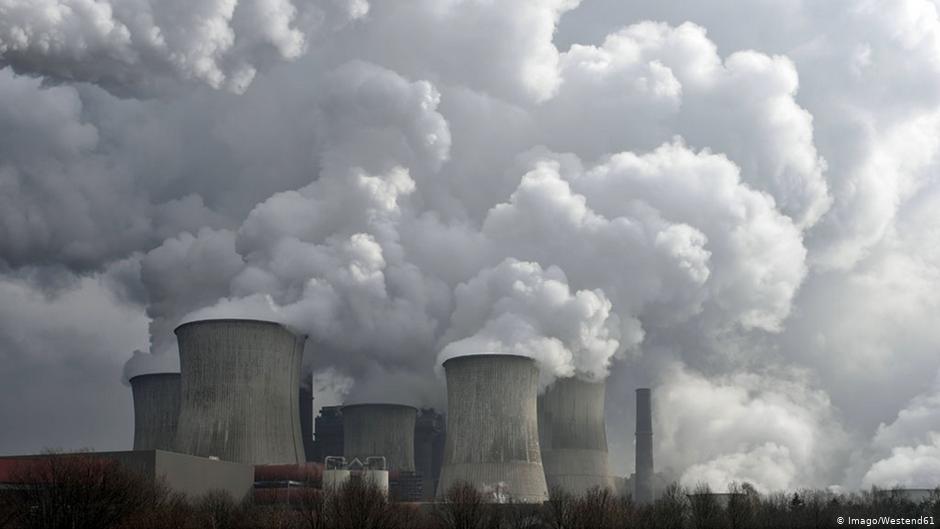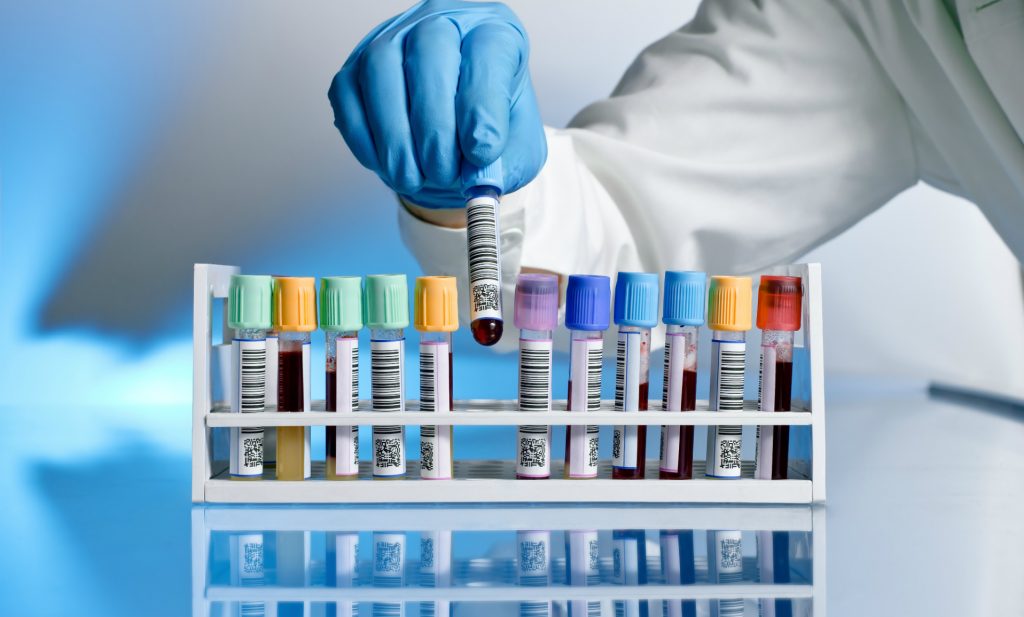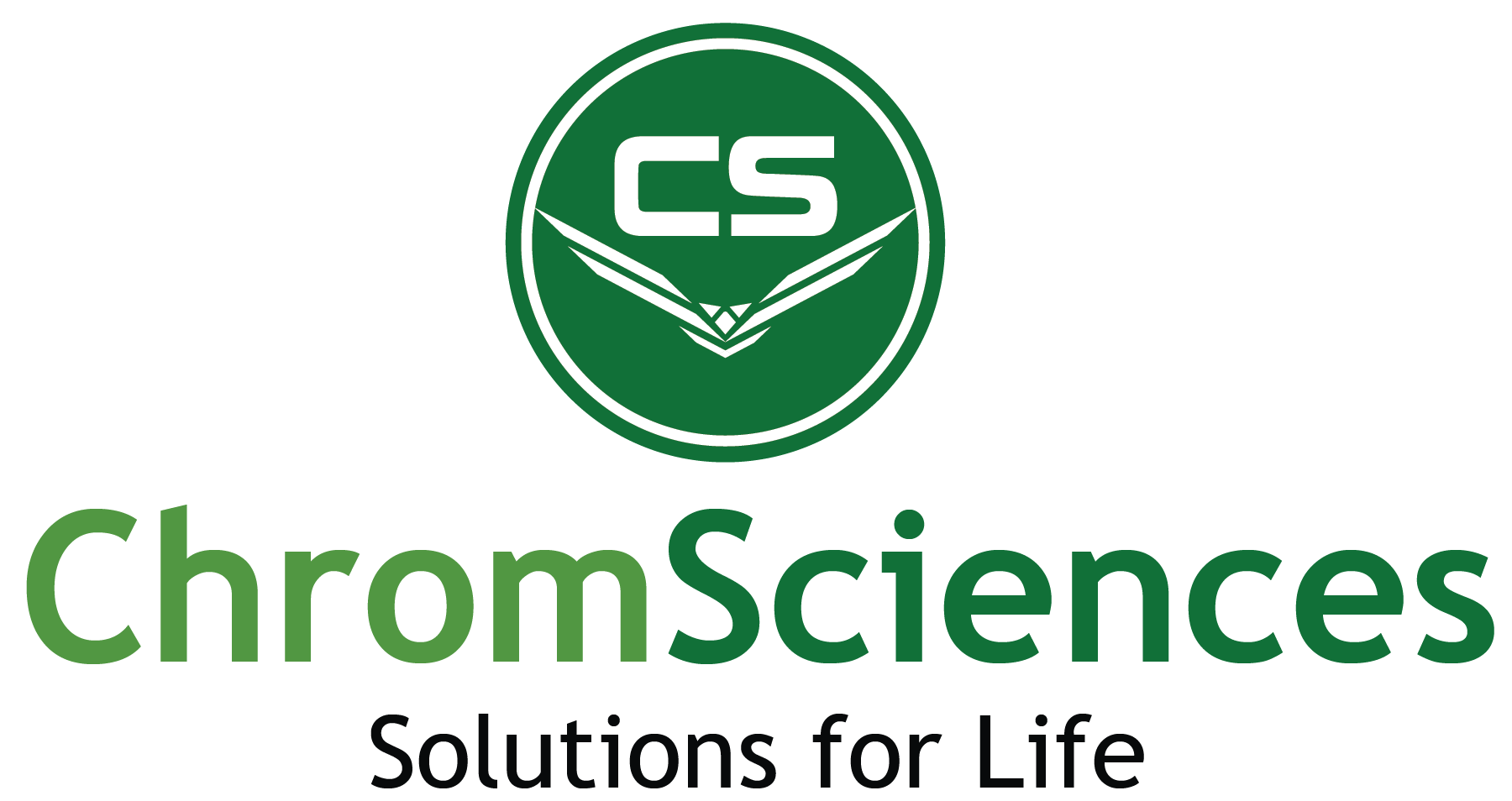


Your challenges have never been greater, whether analyzing contaminants in waste water or purity of drinking water, measuring indoor air quality, responding to natural or man-made disasters, or identifying emerging contaminants. Environmental analysis must be done more reliably, more efficiently, and with even higher quality results than ever before.
Speed. Accuracy. Productivity.
ChromSciences offers environmental analysis and regulatory expertise. If you are involved in the measurement of organic and inorganic chemicals in water, soil, air, or food supplies, ChromSciences the right solution instruments, accessories, consumables, and services designed specifically to meet your needs.

Water Analysis
A high level of drinking water quality is essential, whether the source is bottled water or the tap. In addition, the environment is easily damaged by contaminants from industry in wastewater or improper disposal practices and requires continuous monitoring of these pollutants. But no matter what the cause, monitoring the levels of these contaminants accurately in drinking water, wastewater, surface water and ground water is essential for ensuring quality and protecting human health.

Air Analysis
Effective air analysis is critical in a variety of applications and environments. Whether for greenhouse gas monitoring or for maintaining air supply quality in buildings, mines, or other environments, detecting and measuring a wide range of airborne contaminants is a vital, ongoing challenge.
There are numerous health hazards associated with toxic air contaminants as well as significant monitoring difficulties due to the particle size, scarcity and matrix complexity. As regulations have become more stringent, it is important that analysts can quickly and easily gather uniform samples and execute multiple testing methods to detect an increasing list of harmful substances.

Bio-monitoring
Biomonitoring has become an indispensable tool for studying occupational and environmental exposure to chemicals, including persistent organic pollutants (POPs). Use of biomonitoring data in a forensic context, that is, to understand potential exposures to specific sources or to identify historical elevations in exposure, requires consideration of many factors, including differential toxicokinetic properties of POPs, issues in analytical determination and measurement of POPs concentrations in human biological matrices, typical patterns of biomonitoring results in populations without unusual exposures, and likely efficacy of potential and demonstrated routes of exposure.
